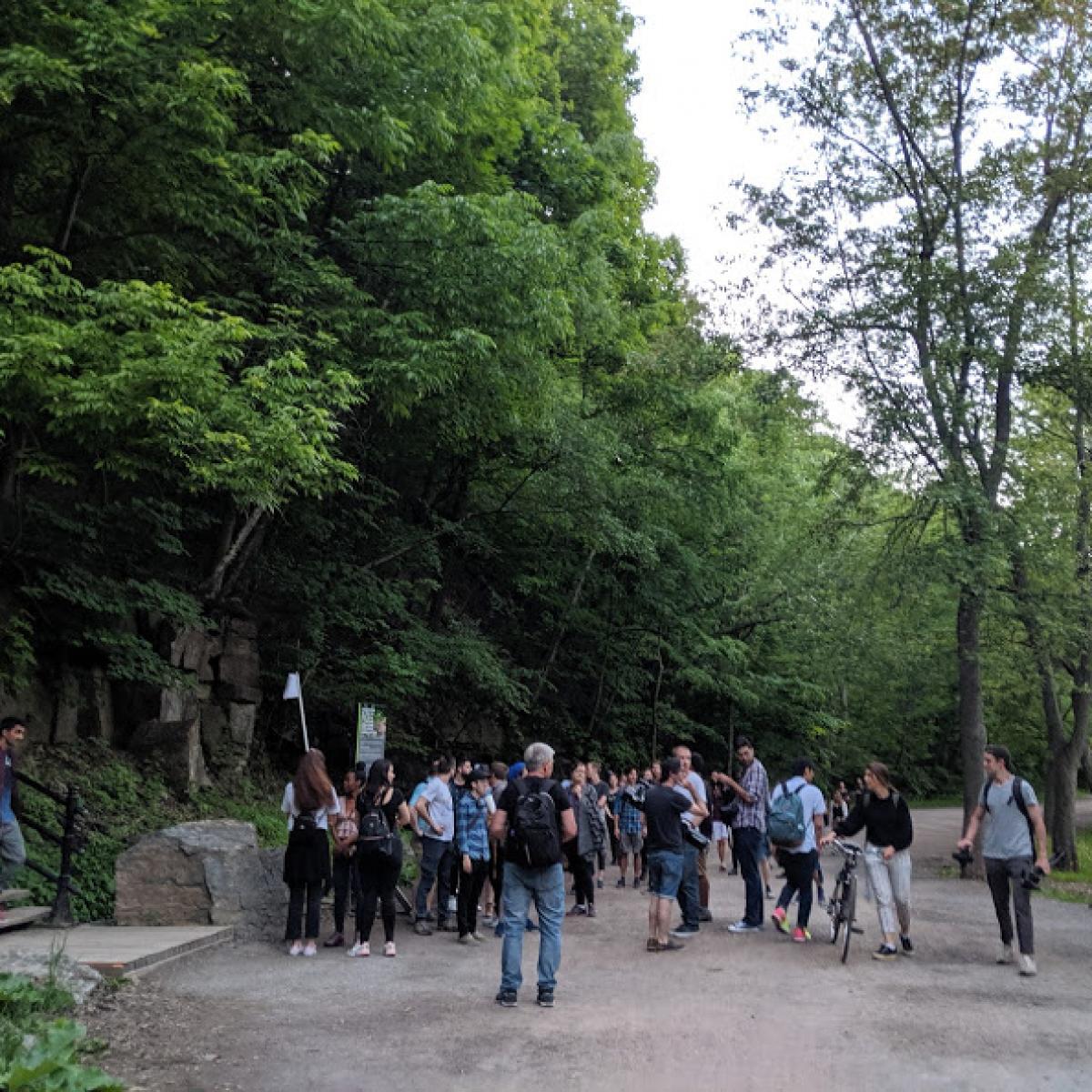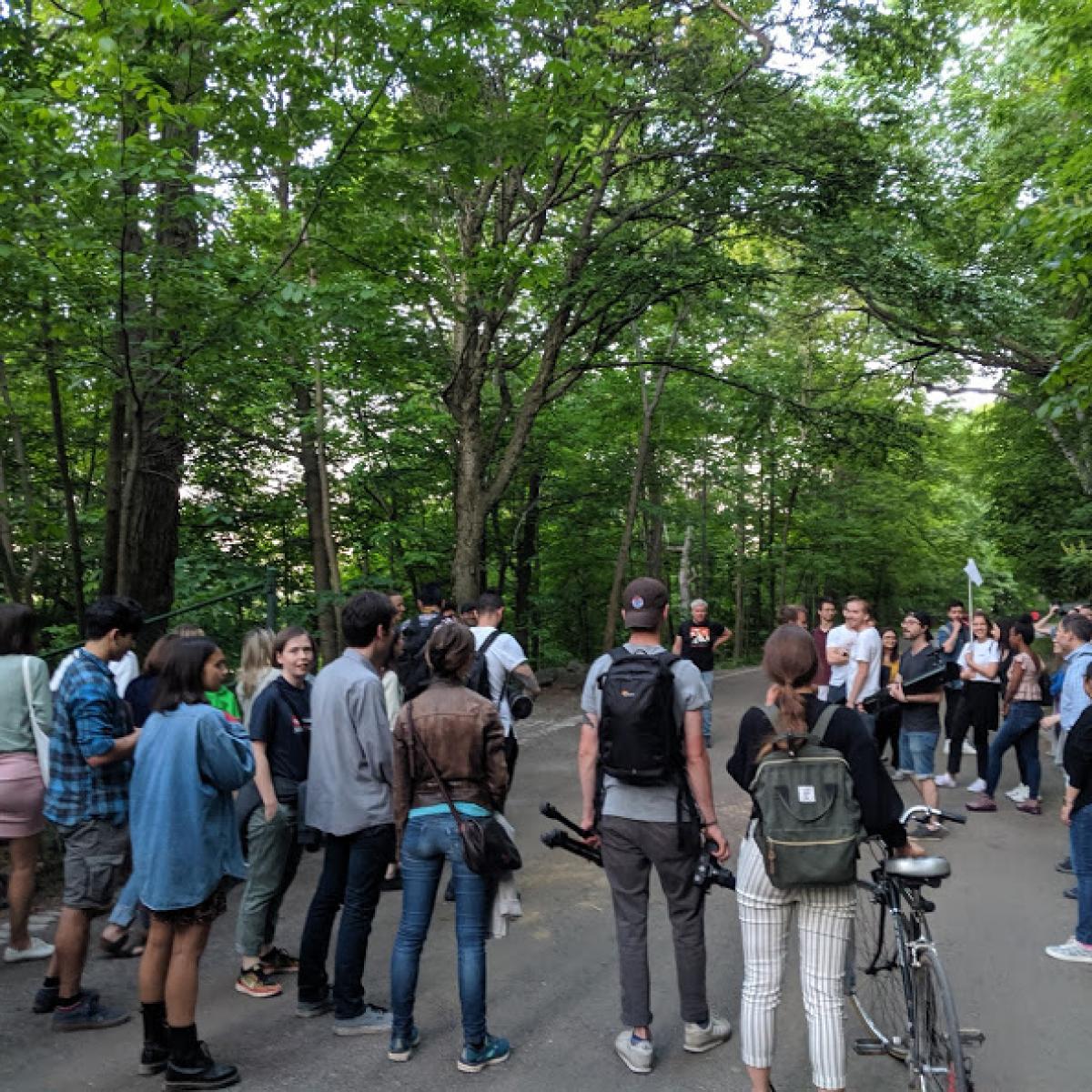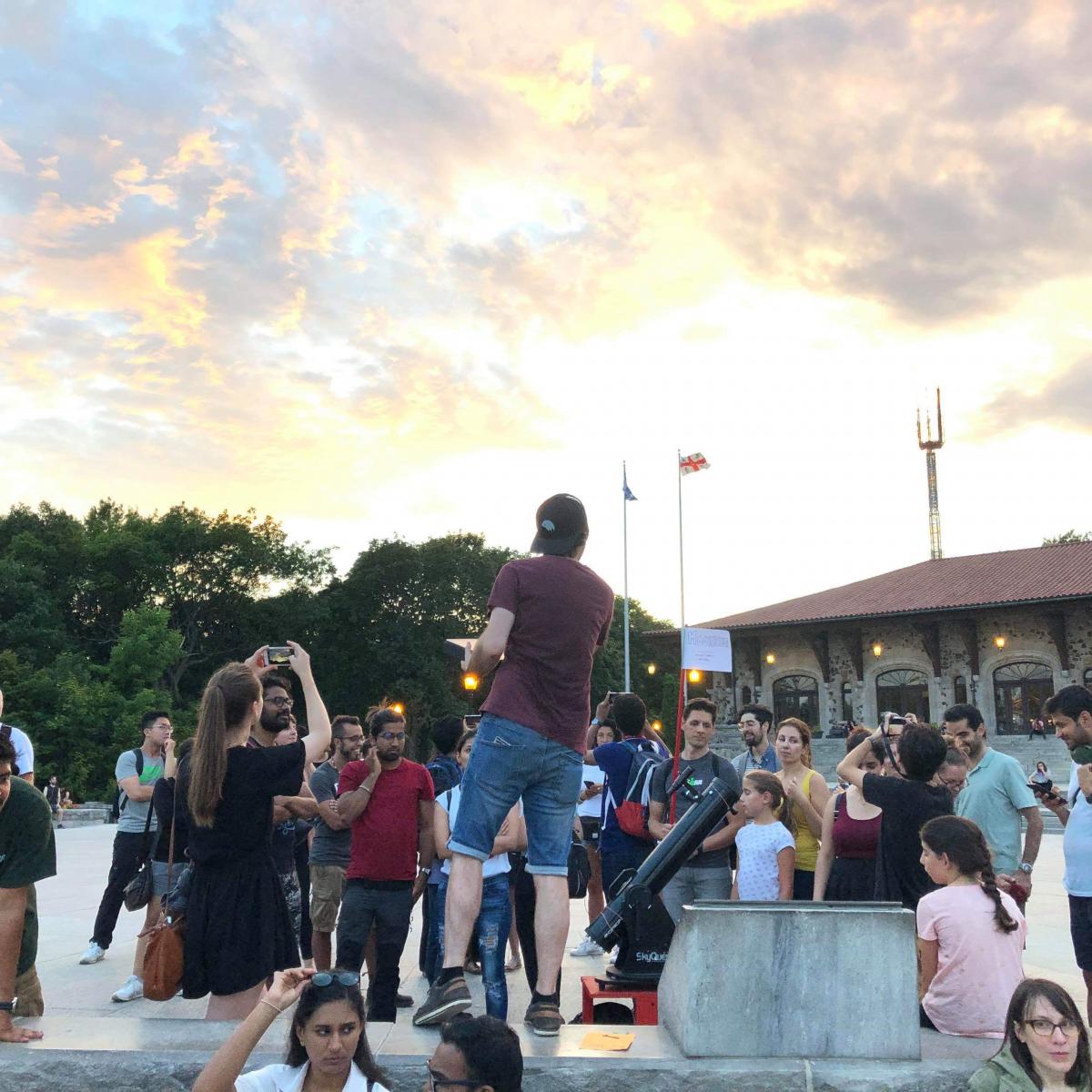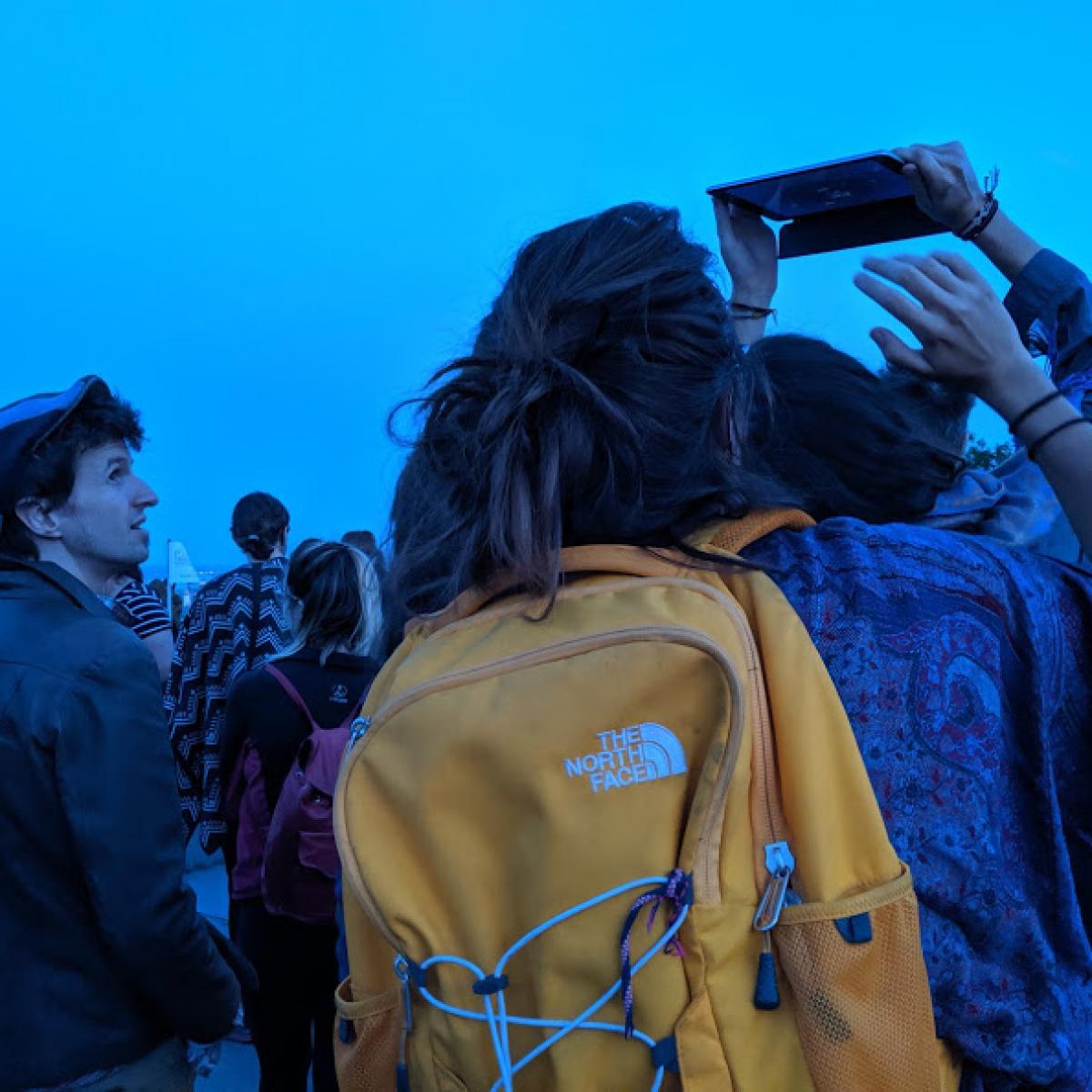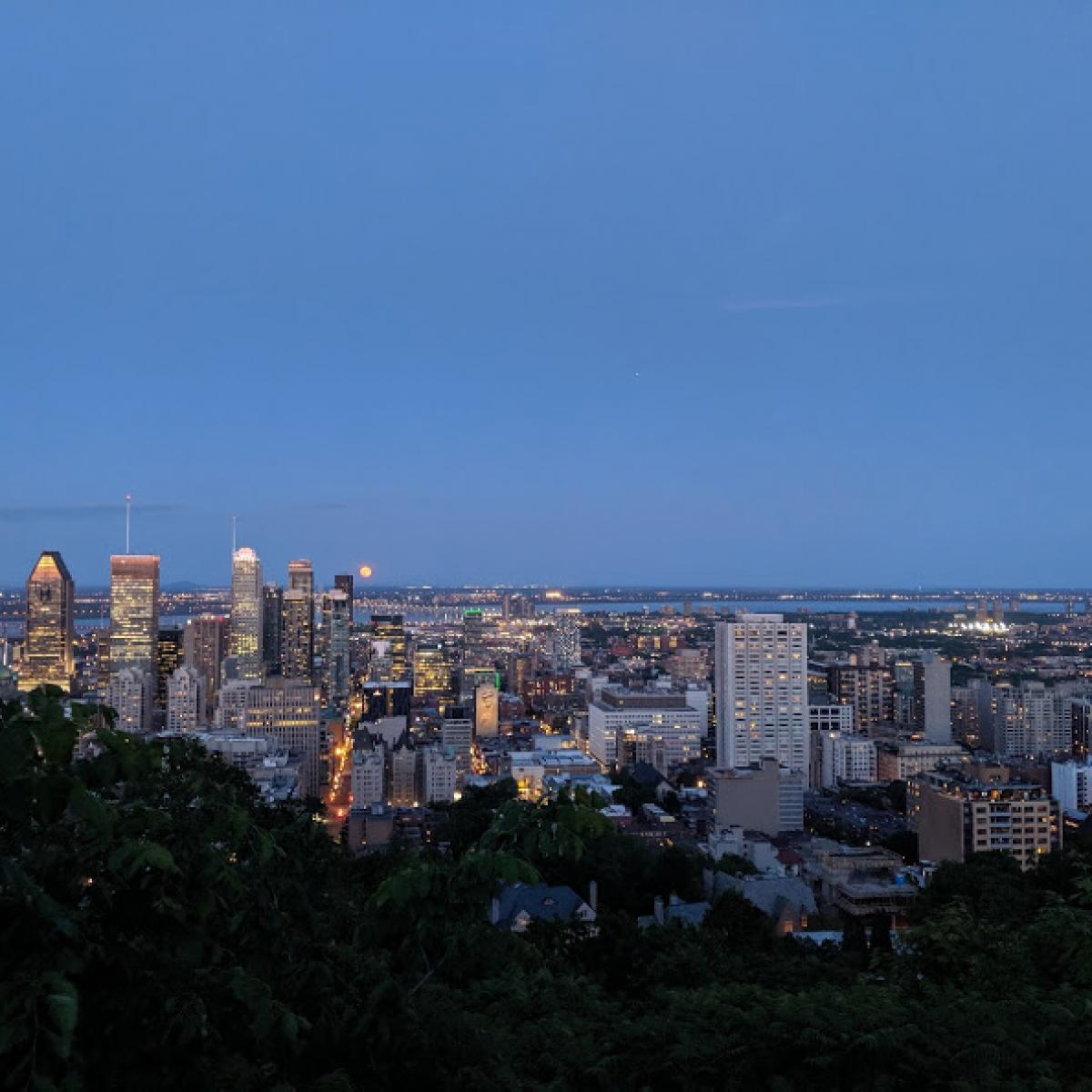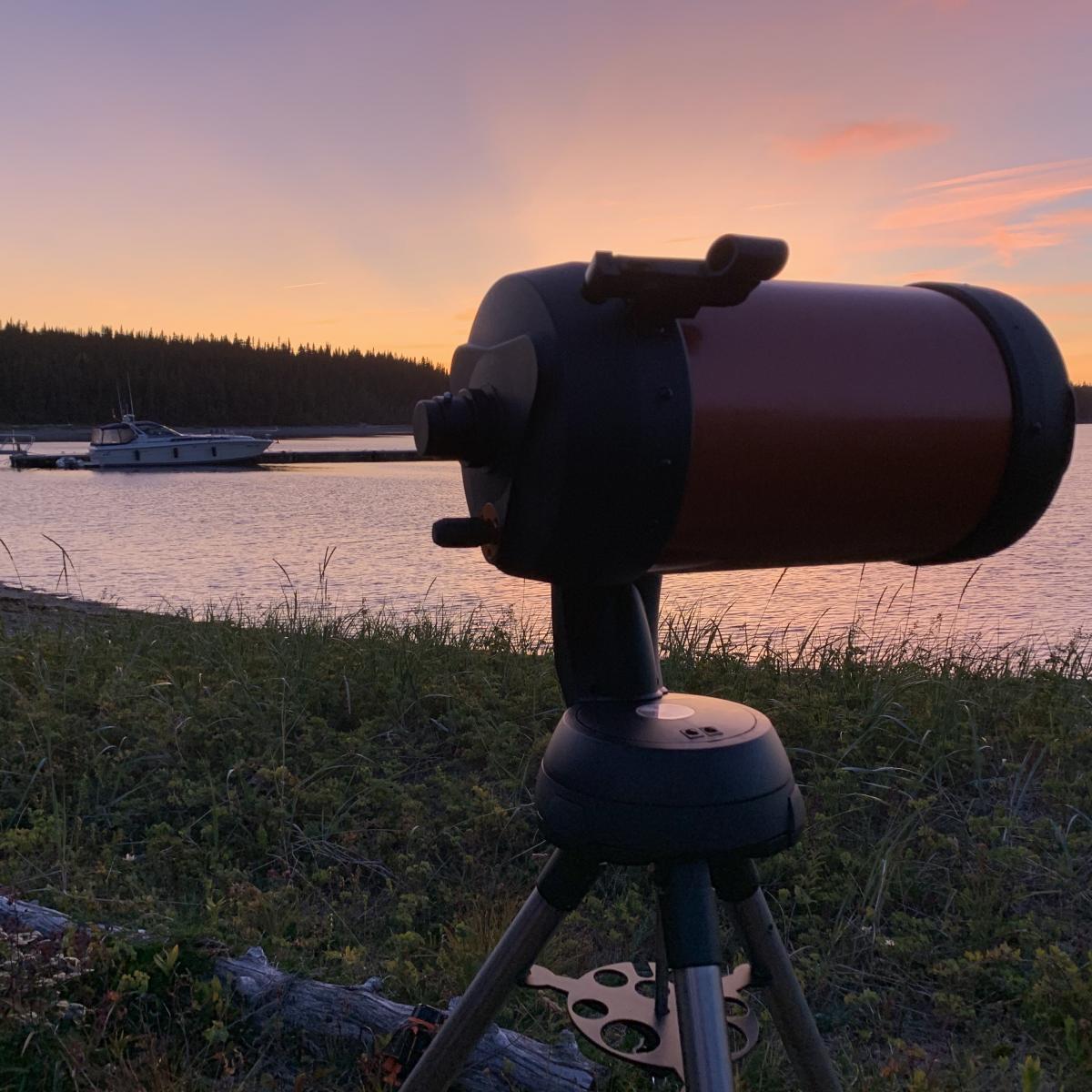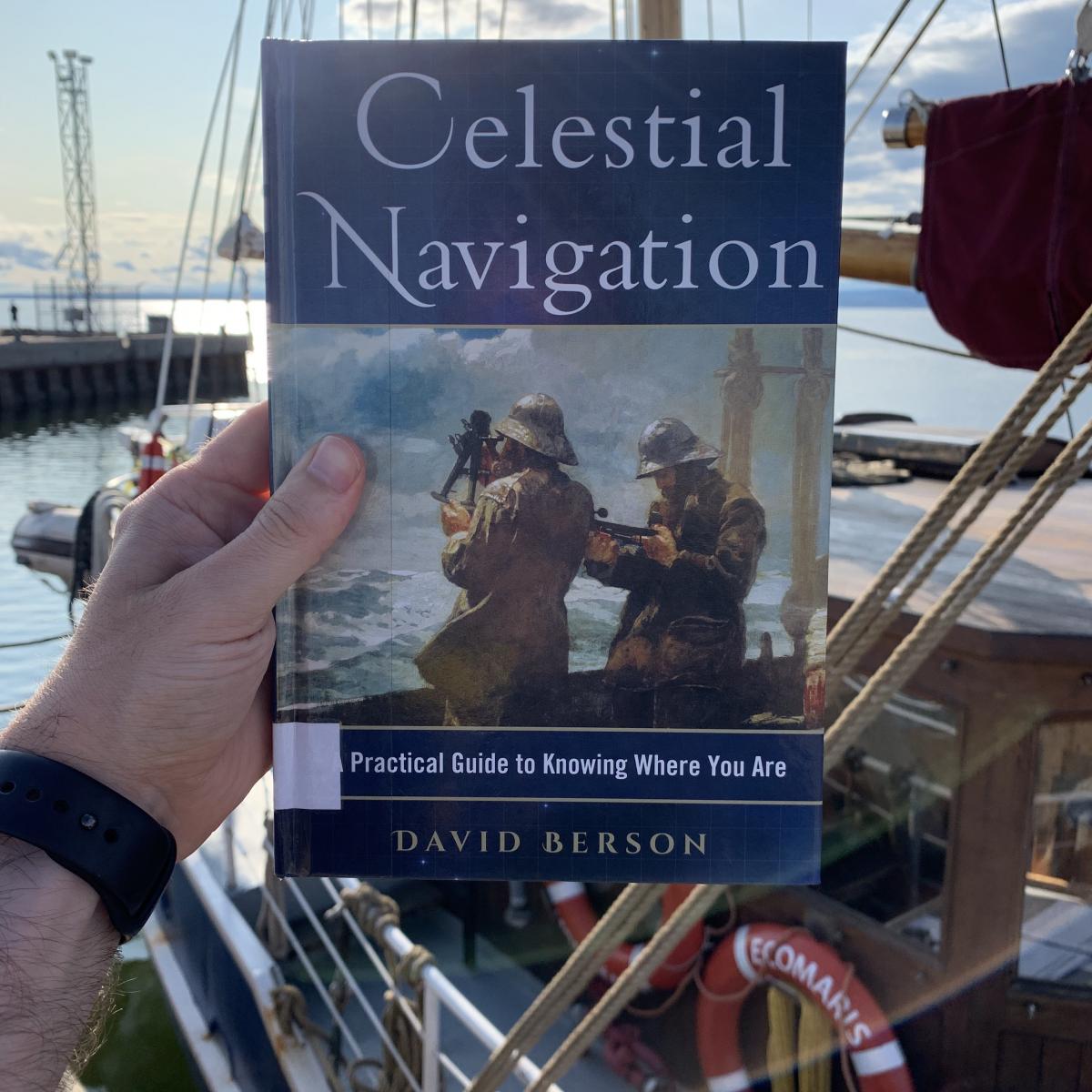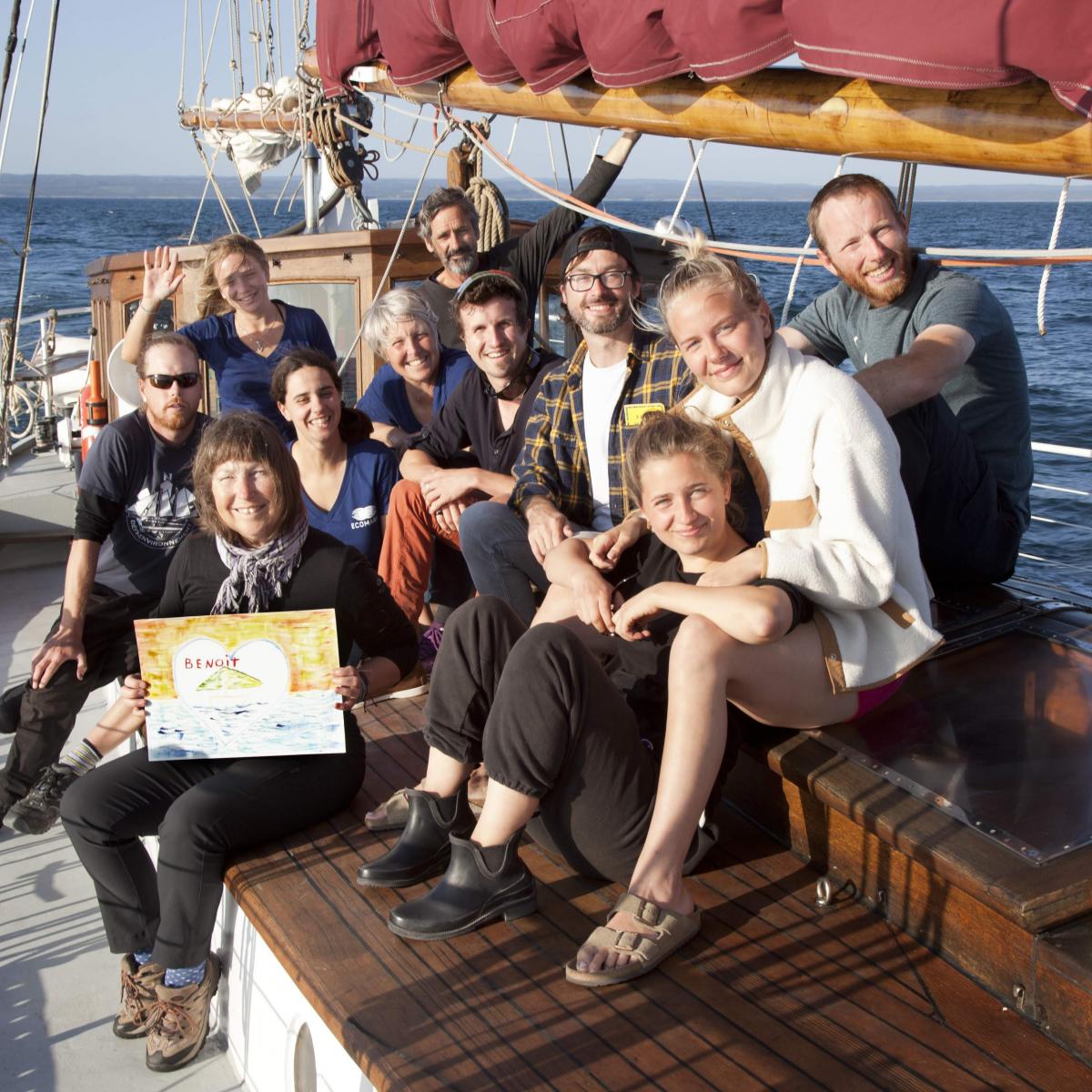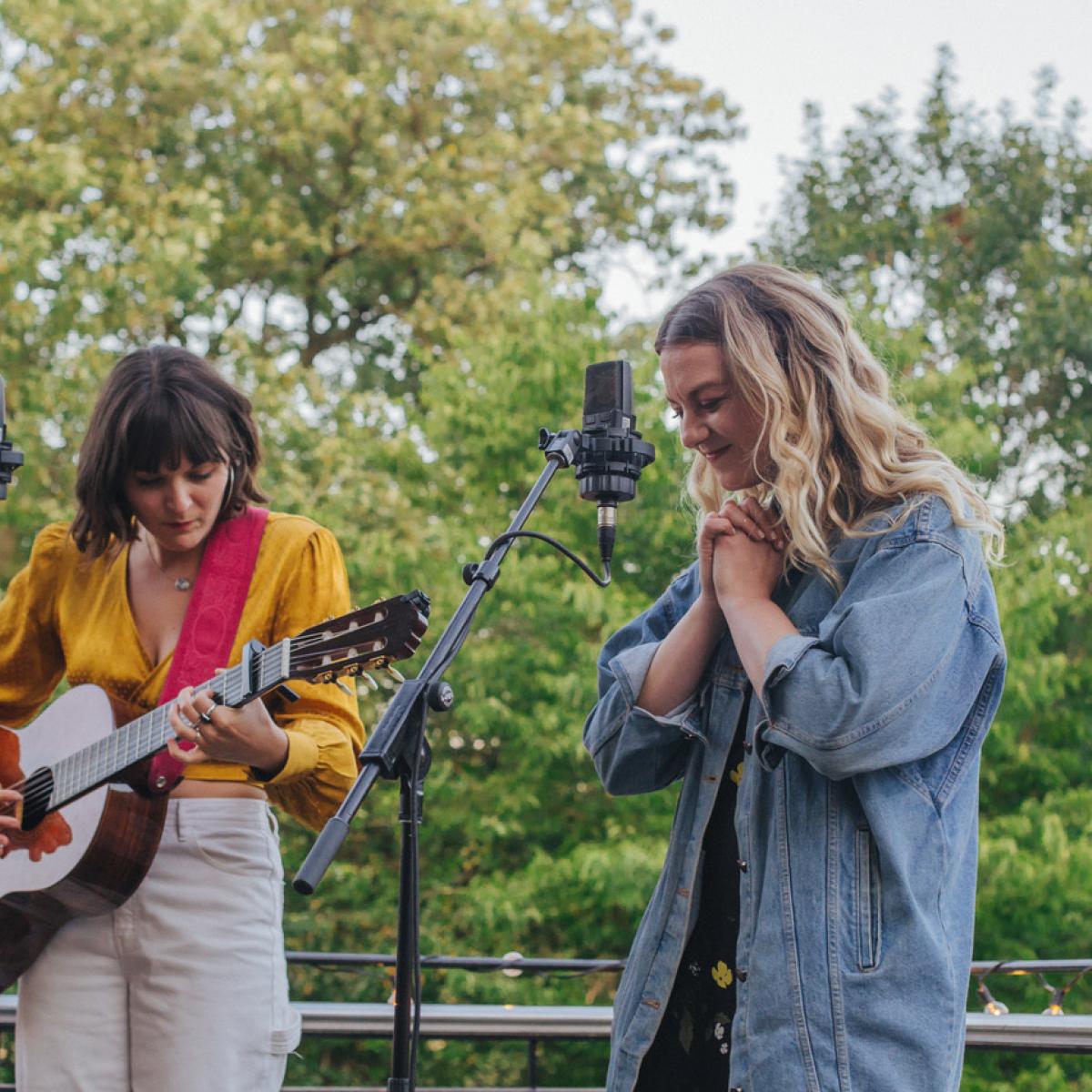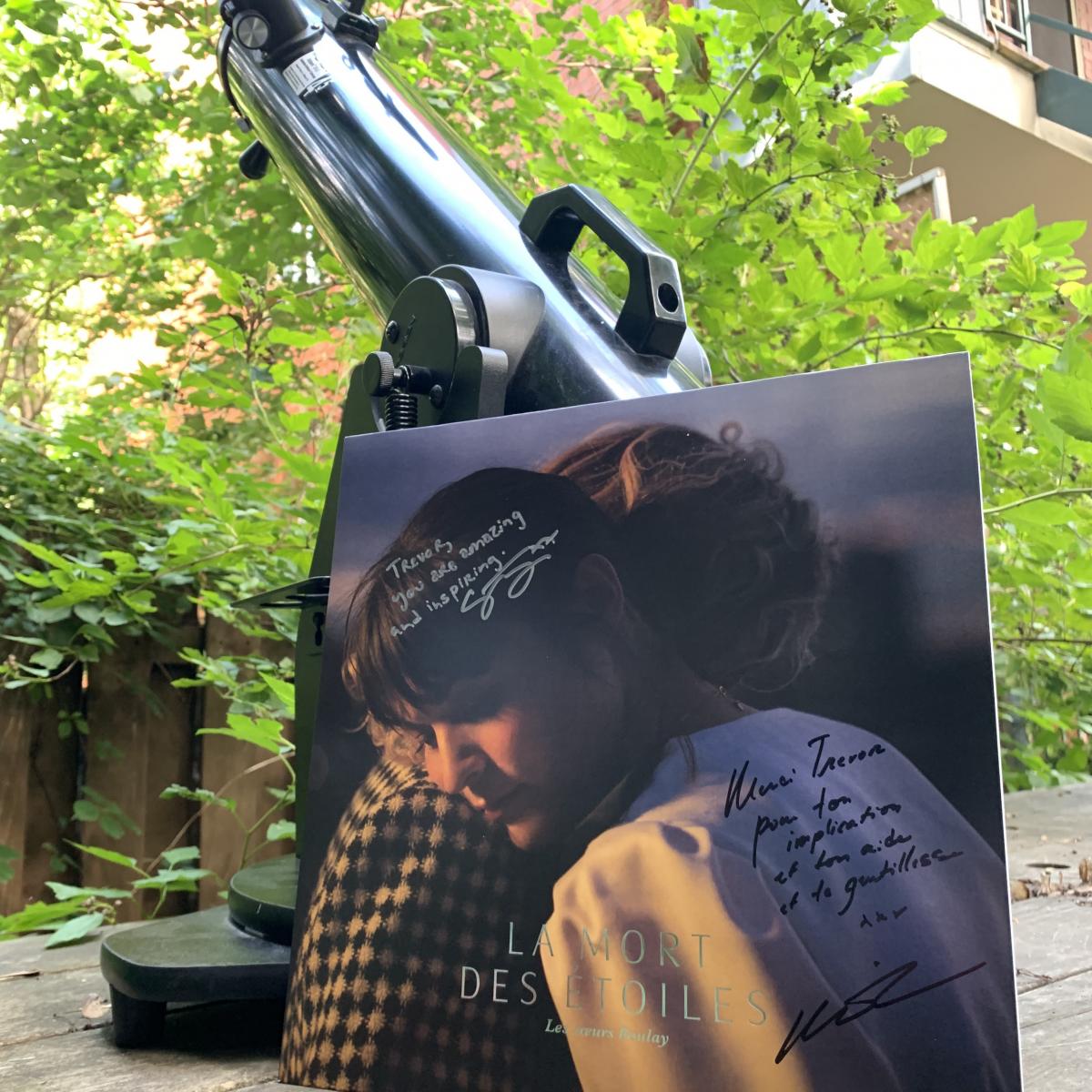February 17, 2020
2019, In Numbers
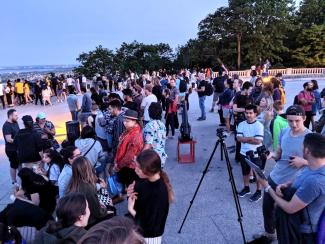
A look at how many people Plateau Astro reached in 2019.
In October 2019, I was invited to give a presentation at the Montréal Student Space Symposium about Plateau Astro and the outreach that I do. Organized by students (and very well organized), the conference lasts 2 days and brings a wide range of presentations and speakers.
How wide of a range?
Well, the President of the Canadian Space Agency, Sylvain Laporte, spoke immediately before me. It’s always good to have somebody important test the presentation equipment before you use it.
I titled my talk “Magic in a Light-Polluted Sky”, referring to all of the fantastic space sights we can see even if we live in an urban area. A large part of Plateau Astro is doing outreach in the street by setting up a telescope and letting anybody take a look at the Moon and the planets. There’s other events and workshops as well, but over the course of a season, in public with the ‘scope is where I meet the largest number of people.
How many people? I kept track throughout 2019, and put this in the presentation. But I figured it would be fun to look at that data again and find other interesting data points.
People Reached: 4,143
Something like that.
How I got to this number: after every presentation and workshop I did, I would update a spreadsheet with the number of attendees. These numbers are fairly solid.
For events, like Moonrise, and bringing the telescope in the street, I came up with estimates and updated the spreadsheet. Not perfect, but not completely out of the ballpark, so I trust the numbers I came up with.
And “people reached” means I talked and showed them something through the telescope. Sometimes they would stick around and ask questions, and sometimes people just want a quick glance. But nearly every one of those “people reached” included some version of “Salut, ça va? Wanna take a look?”
Moonrise Events: 6
May was a wet and frustrating month, but I did attempt to do a Moonrise. Unfortunately, it rained and clouded out the first Moonrise of the year, but the next one was a whopper! An article came out in the Montréal Gazette a few days before (front page, baby!) and there was the largest turnout I’d ever had for a Moonrise. Here they are broken down by each event:
- May 18: 15
- June 17: 75
- July 16: 50
- August 15: 50
- September 13: 65
- October 15: 30
Total: 285.
Consider these headcounts as estimates. Not all my attendee numbers are divisible by 5.
Telescope in Street: 27
I bring the telescope out when the Moon is between Waxing Crescent and Full. This gives me about 10 days of the lunar cycle to set up publicly.
The weather in May last year was rainy, leaving me foul and frustrated. But the next month cleared up and on June 7th I set up the public telescope for the first time of 2019. The last outing was on October 26th.
That’s 141 days between start and finish. 27 out of 141 days is just shy of 20% of all days.
But I can only be out there 10 days of each lunar month, about 1/3 of the time. This is very rough, but if I divide 141 by 3 (for the one third of the potential time I could be out there), we get a possible 47 days in total where the Moon is in the right phase.
27 out of 47 is about 58% of all possible days. And if I wasn’t out there, it’s because it was cloudy. I really don’t recall missing a night out there if it was clear.
Workshops: 6
This number should be higher, but I planned poorly. I think I could have done more workshops, but without a schedule that people could see and sign up for them, we end up with such a low number.
In February 2019, I did a small workshop in my living room teaching the phases of the Moon. The response from it was really positive, but walking into a stranger’s home to learn about the Moon? I wouldn’t fault anybody for being uncomfortable to do that.
For 2020, I’m on the hunt for a reasonably-priced meeting room in the Plateau to do more workshops (know of a place? Hit me up). I’ll also be creating a schedule with advanced notice for signups.
When the snow finally cleared, I began doing a workshop outdoors at Parc La Fontaine teaching how to spot the International Space Station flying overhead. My friend Brian helped shoot some video and I edited down a “trailer” for it:
One challenge with this ISS workshop is that you can’t see it fly overhead every night. The space station goes through phases of visibility, with each cycle lasting around two months.
At the start of the cycle, the station is visible only in the early morning before sunrise. Then, flyovers are only visible at night shortly after sunset for a few weeks. The cycle wraps up by not being visible for several weeks, and then begins appearing again in the mornings before sunrise.
Again, this is where planning ahead will make a big difference. If I don't plan ahead, I have to wait another two months before I can teach it again.
Presentations in Schools / Youth Groups: 5
Like workshops, I wish this was a higher number. I’m proud of the presentations that I did and had a blast teaching them, but I think if I promoted more, we could have easily gotten to 15 presentations.
Of these six presentations, three were done with Girl Guides, one was with a library, and one was in a school.
To increase this number for 2020, I think I need to have a clearer description of what I can offer for a presentation, as well as a clear price.
"You pay me this amount and I'll give you this."
Being upfront and clear about exactly what you'll get with a presentation is definitely something I want to improve. Better yet, if I could create a calendar which shows when I’m available, with a “Book Now” button, that would make the process that much simpler. I’m working on it (but in the mean time, you can use the Contact form).
National Geographic ObservÉtoiles Shows: 2
This was crazy: in June, I got asked if I wanted to be the English host for the National Geographic ObservÉtoiles show in Sutton, Quebec (about 1.5 hours southeast of Montréal). ObservÉtoiles is set in an outdoor amphitheatre in a dark sky preserve and the show lasts about an hour. What’s unique about the show is that each attendee is given a headset which displays an augmented reality display of the constellation in the sky.
During the show, the host (that would be me, for the English version) guides you through some of the constellations and tells you their history, myth, and utility. When we take the headsets off, we’re treated to one of the best dark skies I’ve ever seen, with front-row seats to thousands of stars and the Milky Way.
About 180 people can fit in the amphitheatre.
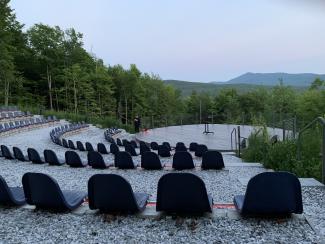
I did two presentations, one on July 4th and on August 11th. The first show had about 80 people and the last show had more than double at 180! So, 260 people in total.
And the charts for 2020 in this section look good already, as I have three dates booked for this summer:
- Sunday July 5th
- Sunday August 16th
- Sunday September 6th
Private Hirings: 4
Yeah, I’m biased because this is my gig, but I think hiring a private telescope session for your event is a really cool idea. I’m trying to avoid making this sound like an advertisement of my services, but: most people have never looked through a telescope, so your event is nearly guaranteed to be memorable.
Two hirings were particularly interesting for me. The first was with EcoMaris, a non-profit organization and sailing school that teaches along the St-Lawrence River. They asked if I could be their “star” onboard their week-long trip, showing guests what to see in the sky and the basics of celestial navigation. I’ll write a post about this trip in the future, but what an adventure that was.
The second was for an album launch from Les Soeurs Boulay. The album was titled “La Mort des Étoiles” (Death of the Stars), so… having a telescope at the launch just kinda made sense.
Like presentations and workshops, I’d love to do more of this in 2020.
Stolen Tip Jars: 1
Yeah, somebody stole the tip jar this summer. And on my birthday too!
Why Keep Track?
As I wrote this, I had this nagging sense that listing all these numbers could be interpreted as showing off and celebrating 2019’s success too much. I get that.
But over the year, I kept feeling like I wasn’t doing enough and getting bummed out. I want to do more workshops and presentations, but can't seem to get it all together. Walking around feeling that you’re only doing 20% of what you want to do is draining.
And so, looking at the year through hard data has been a relief. Rather than say to myself “you only did 20% of what you wanted”, I can instead say things like:
- “you reached an audience the size of 70% of your hometown in less than 6 months”
- “you reached 4% of the population of the Plateau, Mont-Royal”
- “you were out there almost 60% of the possible nights with the telescope, even with bad weather”
Data can be heartless and cold, but it can also strip away your negative emotions and just give you the facts.
Another reason to list all of these numbers is to help other people doing science outreach. Maybe what I’ve listed can help you and your audience, but also you could give me pointers of where I could improve?
And lastly: money. In 2019, I saved some money to focus full-time on Plateau Astro (whatever “full-time” means when you’re starting something new with a gazillion unknowns). But by the end of the year, the bank account was teetering into the red.
In January 2020, I started working four days a week at Evolving Web doing web design and training, and leaving Fridays free to focus on Plateau Astro. And so the question to answer in 2020 is if I can have the same amount of impact (or more) while juggling a (mostly) full-time job?
I’m also mindful that one of the strengths of Plateau Astro is being personable: taking the time to answer questions one-on-one in real life and online. So while these numbers tell a story – and I’d like to see them grow – I don’t want the numbers to become the obsession.

